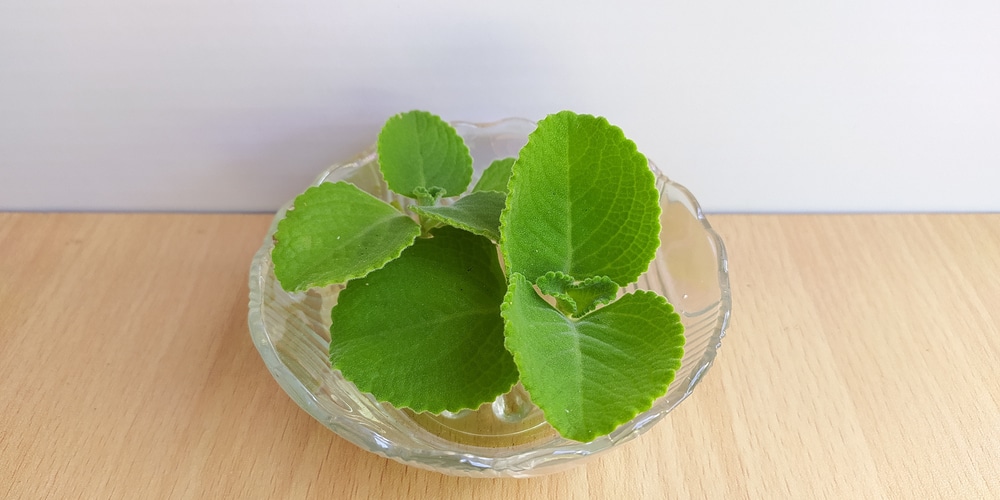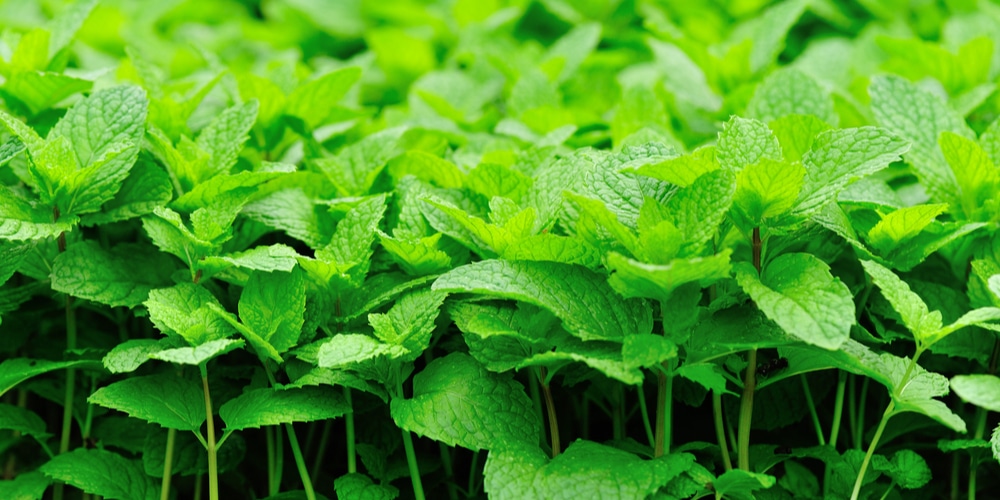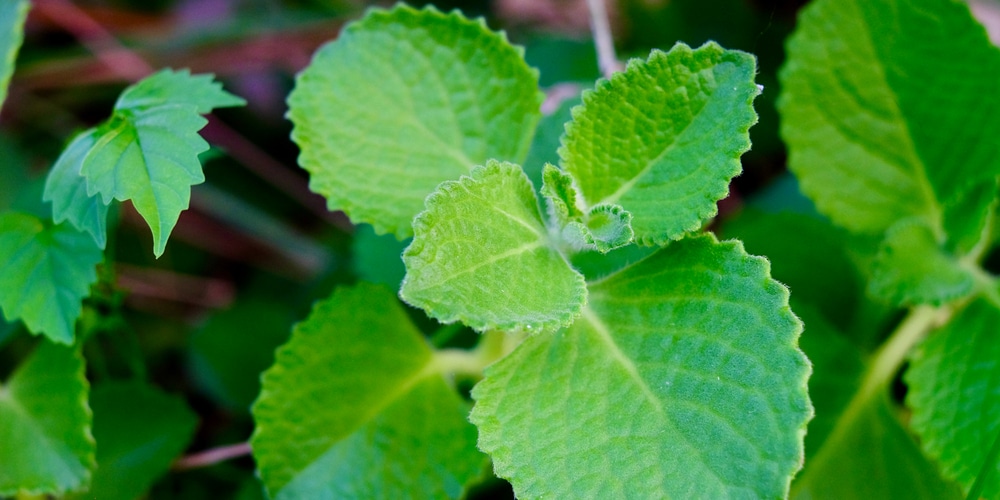Are you interested in growing mint for its culinary use in the kitchen or as a fragrant houseplant, but don’t know its requirements? Specifically, you may be asking, does mint need full sun, or can mint grow in the shade?
How Much Sunlight Does a Mint Plant Need?

Mint is a general plant description that encompasses all mint varieties, including spearmint, peppermint, and other herbs. The good news is that all of them have the same preference when it comes to light requirements, or how much direct sunlight mint needs.
To answer the question, mint is fairly adaptable and can be grown in full sun or partial shade. In hotter regions, mint can benefit from being shaded from the afternoon sun so its leaves won’t be scorched. What’s surprising is that mint plants can also grow in full shade and brightly-lit areas inside your home.
Mint prefers a sunny location that gets anywhere between 6-8 hours of sun exposure. A south-facing window, a patio, or a bright kitchen can all serve as the plant’s home. When potted in containers you have the option of being able to move your mint to where it can get plenty of sunshine.
Aside from the recommended light exposure, you should also plant your mint in well-draining soil that’s rich in organic matter. Other aspects of growing a healthy mint plant include feeding, pruning, and watering.
Can Mint Have Too Much Sun?

Mint is a remarkable plant species because it is highly adaptable. Generally speaking, mint can be grown in USDA zones 3 through 8, although you can grow them even outside the recommended regions as a potted specimen.
In zones 8 and above, you may want to provide partial shade from the afternoon sun to avoid the leaves wilting under the heat.
Signs that your mint plant has spent too much time in the sun include scorched leaves, dehydration, and stress. Thankfully, mint is hardy enough that it can bounce back after you correct its environment.
In colder climates, it’s safe to put mint under a full sun location, while in hotter regions you’ll want a location that gets afternoon shade. Remember to water more when the weather is warmer and during the summer season to support your mint plant’s growth.
Mint plants do not require too much when it comes to maintenance. They will vigorously grow side shoots and leaves, and sometimes even invade neighboring plants and landscapes when left unchecked. The general rule is that you should give mint room to grow, but not too much or else it becomes invasive.
Can Mint Grow in the Shade?
The answer to the question is yes, mint can thrive in shady areas and won’t be too affected if you grow them this way.
The plant species is non-fussy and will accept nearly everything to grow. You can put mint in poor soil and in a shaded spot and it will still grow to an extent. However, if you want a bushy and healthy plant you’ll want to give it at least 3-4 hours of sunlight and put mint in an organically-rich soil.
Mint, when grown in shade, tends to get leggy, which affects its overall appearance. When you do not rotate it, the plant will appear to be reaching toward the nearest light source, sacrificing leaves and form along the way.
To solve this problem you can move your mint towards brighter light, or snip off the top growth so the plant will be forced to grow stems and leaves in the lower sections.
Remember to water your mint regularly and keep the soil slightly moist to support its growth.
